




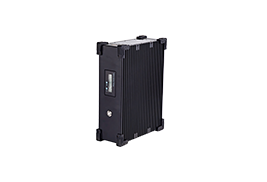

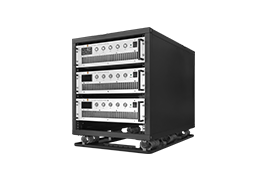
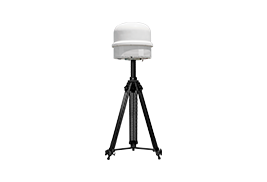

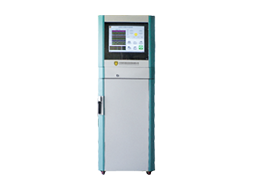



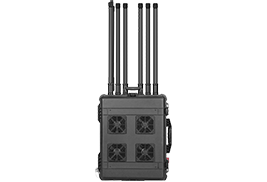


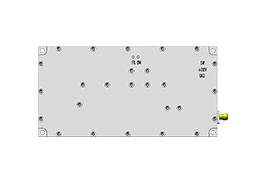
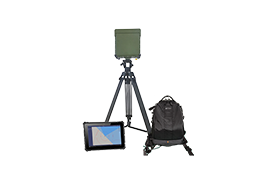

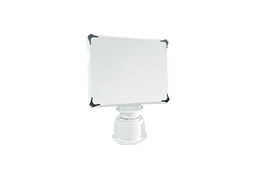




 X
X







 GLOBAL / ENGLISH
GLOBAL / ENGLISH

In the digital age, the threat of eavesdropping looms large over both personal and organizational privacy. As technology evolves, so do the methods used by eavesdroppers, making it crucial to stay ahead with proactive security measures. Regular security testing is not just recommended; it is essential for safeguarding sensitive information. This article explores why security testing is indispensable in preventing eavesdropping incidents and outlines strategies to enhance privacy protection.
The Imperative of Regular Security Testing
Detection of Hidden Devices: Advanced security testing involves the use of specialized equipment to detect hidden cameras, microphones, and other eavesdropping devices. Such testing can identify both wireless and wired devices, even if they are turned off, ensuring that no unauthorized surveillance equipment compromises your privacy.
Software Vulnerability Assessment: Eavesdropping isn't only about physical bugs. Hackers can also tap into communications through software vulnerabilities. Regularly assessing the security of your IT infrastructure can reveal weaknesses that might be exploited to gain unauthorized access to private communications.
Network Security Checks: With the increasing use of wireless networks in homes and offices, securing these networks becomes paramount. Security testing evaluates the strength of your network's encryption, checks for unauthorized access points, and identifies potential security breaches that could allow eavesdroppers to intercept wireless communications.
Strategies for Enhancing Eavesdropping Prevention
Routine Sweeps: For businesses and high-risk individuals, conducting routine security sweeps can detect and mitigate the risks of eavesdropping. These sweeps should be carried out by professional security firms that use the latest technology to spot a wide range of surveillance devices.
Use of Encrypted Communication Tools: Encrypting your communications can prevent eavesdroppers from making sense of intercepted data. Using end-to-end encryption for emails, phone calls, and messaging is a practical step toward robust privacy protection.
Education and Awareness: Educating employees about the risks and signs of eavesdropping can empower them to act securely and recognize potential threats. Awareness training should include best practices for securing physical and digital environments.
Regular Software Updates: Keeping all software updated is a simple yet effective method to protect against eavesdropping. Updates often include patches for security vulnerabilities that, if left unaddressed, could be exploited by eavesdroppers.
Physical Security Enhancements: Physical security measures, such as secure locks and restricted access areas, can prevent unauthorized persons from installing eavesdropping devices in sensitive areas.
Conclusion
Preventing eavesdropping requires a multifaceted approach that includes regular security testing, the use of advanced technologies, and ongoing vigilance. By incorporating these strategies, individuals and organizations can significantly reduce their risk of falling victim to eavesdropping and ensure that their private communications remain confidential. As the landscape of surveillance technology continues to evolve, so too must the measures we take to counter it. Proactive security testing is not just a precaution—it's a necessary investment in privacy and security.












